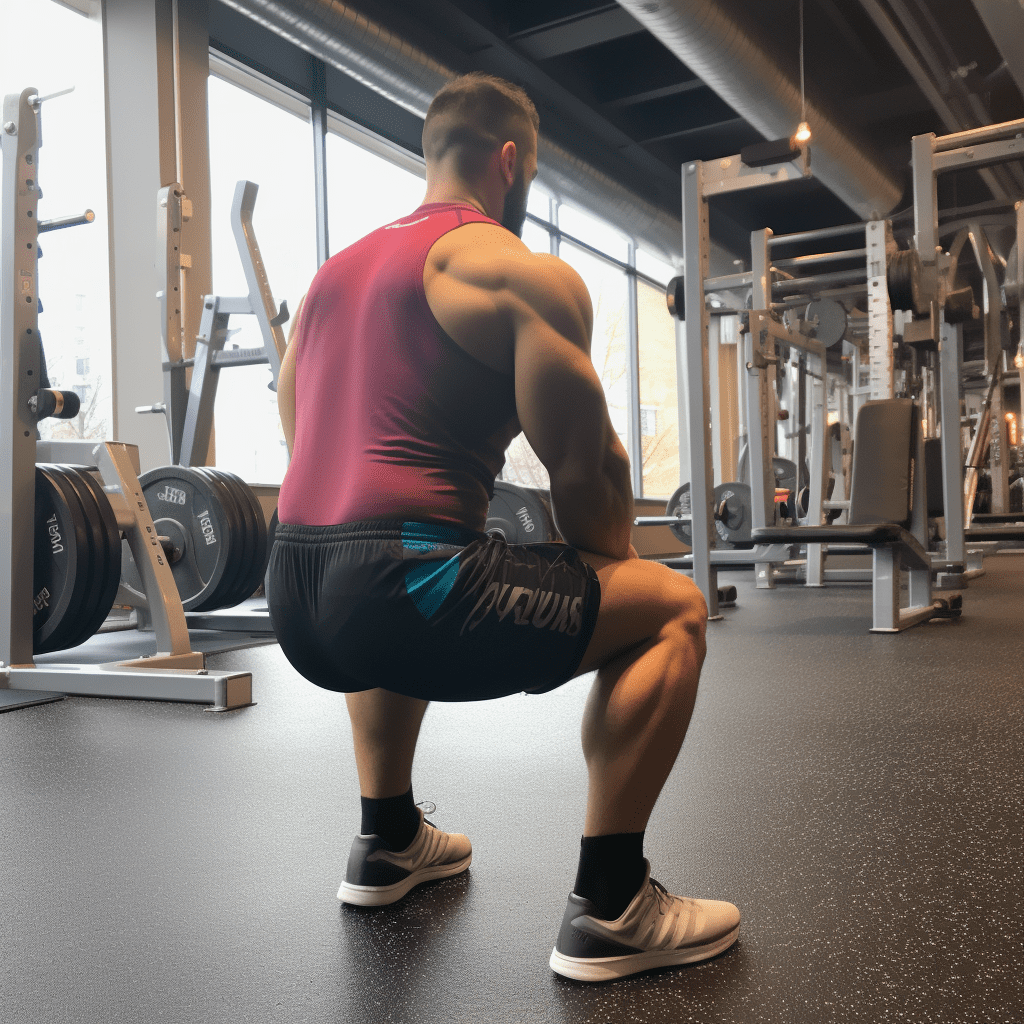
The Importance of Prehabilitation Exercises for Joint Health and Function at Home
Prehabilitation exercises play a crucial role in maintaining joint health and function, especially when done at home regularly. Here’s why incorporating prehabilitation exercises into your routine is essential:
1. Understanding Prehabilitation Exercises
Prehabilitation, often shortened to “prehab,” involves engaging in exercises and activities to prevent injury, enhance physical function, and improve overall well-being. These exercises are designed to strengthen muscles, improve flexibility, and support joint stability.
2. Benefits of Prehabilitation for Joint Health
Engaging in prehabilitation exercises helps in reducing the risk of injury, particularly in the joints. Strengthening the muscles around the joints provides added support, reduces strain on the joints, and enhances stability, leading to improved joint health and function.
3. Importance of Home-Based Prehabilitation
Convenience is a significant advantage of performing prehabilitation exercises at home. It eliminates the need to travel to a gym or rehabilitation facility, making it easier to maintain a consistent exercise routine. Additionally, home-based exercises can be tailored to suit individual needs and can be performed at any time.
4. Enhancing Joint Function
Regular prehabilitation exercises help in improving joint function by increasing range of motion, reducing stiffness, and promoting better coordination and balance. Stronger muscles around the joints ensure proper alignment and movement, enhancing overall joint function.
5. Preventing Future Injuries
By strengthening the muscles and tissues surrounding the joints, prehabilitation exercises can effectively reduce the likelihood of future injuries. Improved joint stability and flexibility contribute to better injury prevention, allowing individuals to engage in daily activities with reduced risk.
6. Tailoring Prehabilitation Exercises
It is essential to customize prehabilitation exercises based on individual needs, existing conditions, and goals. Consultation with a healthcare provider or a fitness professional can help in designing a personalized prehabilitation plan that targets specific areas of concern and optimizes joint health.
7. Incorporating Prehabilitation into Your Routine
To make prehabilitation exercises a consistent part of your routine, consider setting specific goals, creating a structured exercise plan, and monitoring progress over time. Consistency and dedication to these exercises will contribute significantly to maintaining optimal joint health and function.
FAQ about Prehabilitation Exercises for Joint Health and Function at Home
What are prehabilitation exercises?
Prehabilitation exercises are preventive exercises designed to strengthen muscles and improve flexibility before a potential injury or surgery. These exercises focus on enhancing joint health and function, ultimately helping individuals recover faster and better post-injury or operation.
Why are prehabilitation exercises important for joint health?
Prehabilitation exercises are crucial for joint health as they help improve muscle strength, joint stability, and flexibility. By incorporating these exercises into your routine, you can reduce the risk of injuries, enhance joint function, and promote overall musculoskeletal health.
Can prehabilitation exercises be done at home?
Yes, prehabilitation exercises can be easily done at home with minimal equipment. Simple exercises such as squats, lunges, planks, and resistance band movements can effectively target various muscle groups and joints. It’s essential to perform these exercises correctly and consistently for optimal benefits.
How often should prehabilitation exercises be done?
Ideally, prehabilitation exercises should be done regularly, aiming for at least 2-3 sessions per week. Consistency is key to seeing improvements in joint health and function. It’s essential to listen to your body, start with appropriate levels of intensity, and gradually progress as you build strength and endurance.


